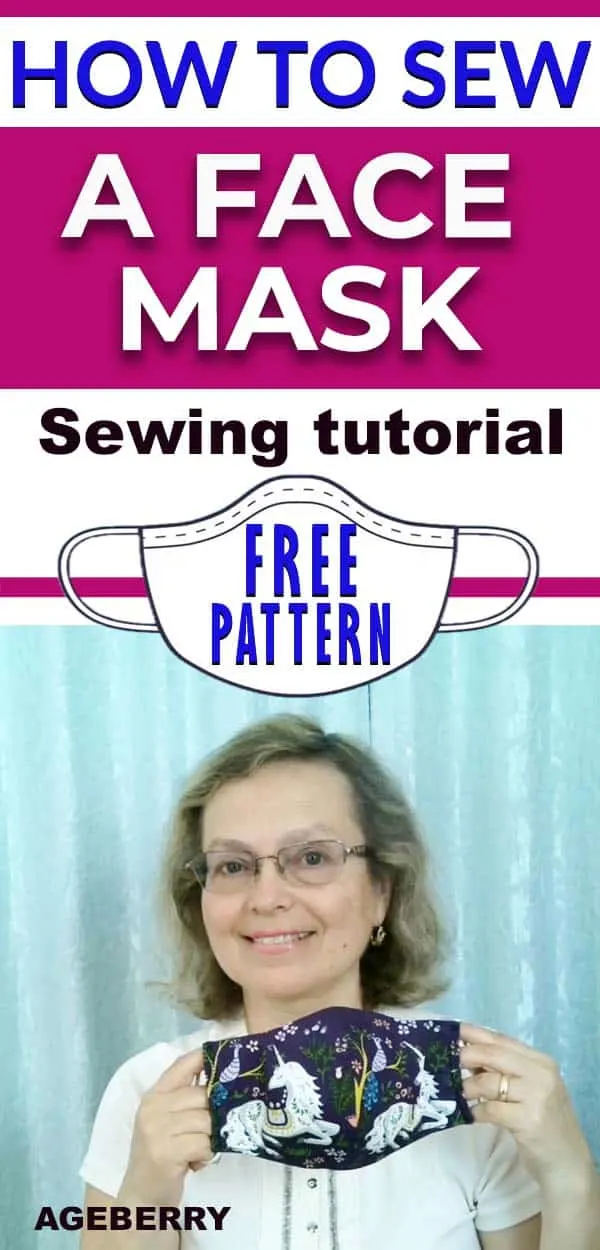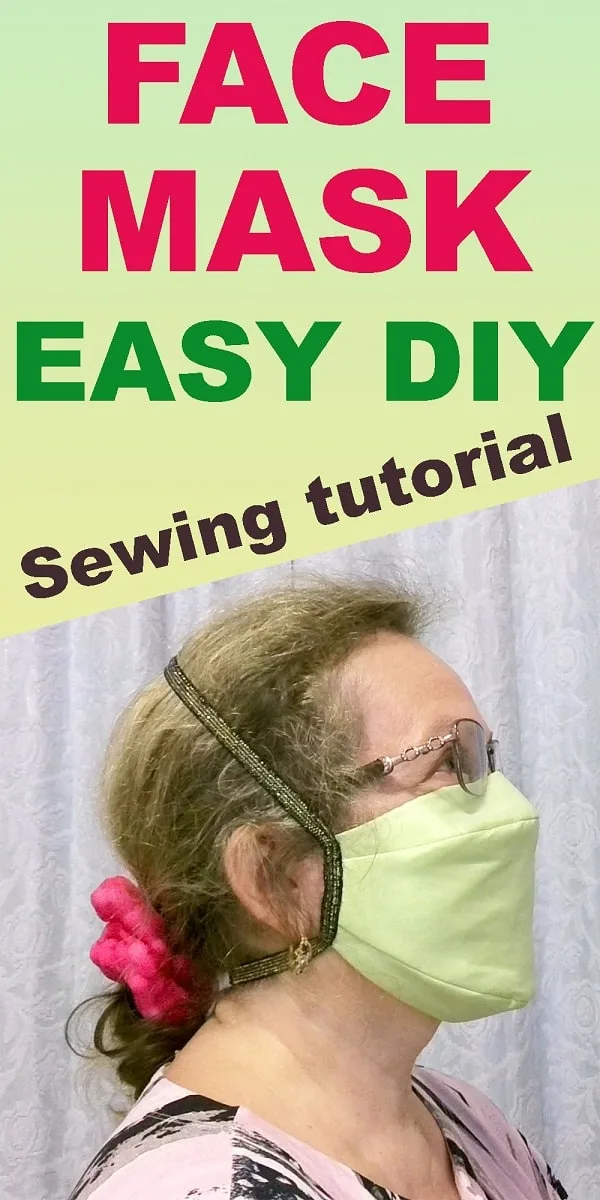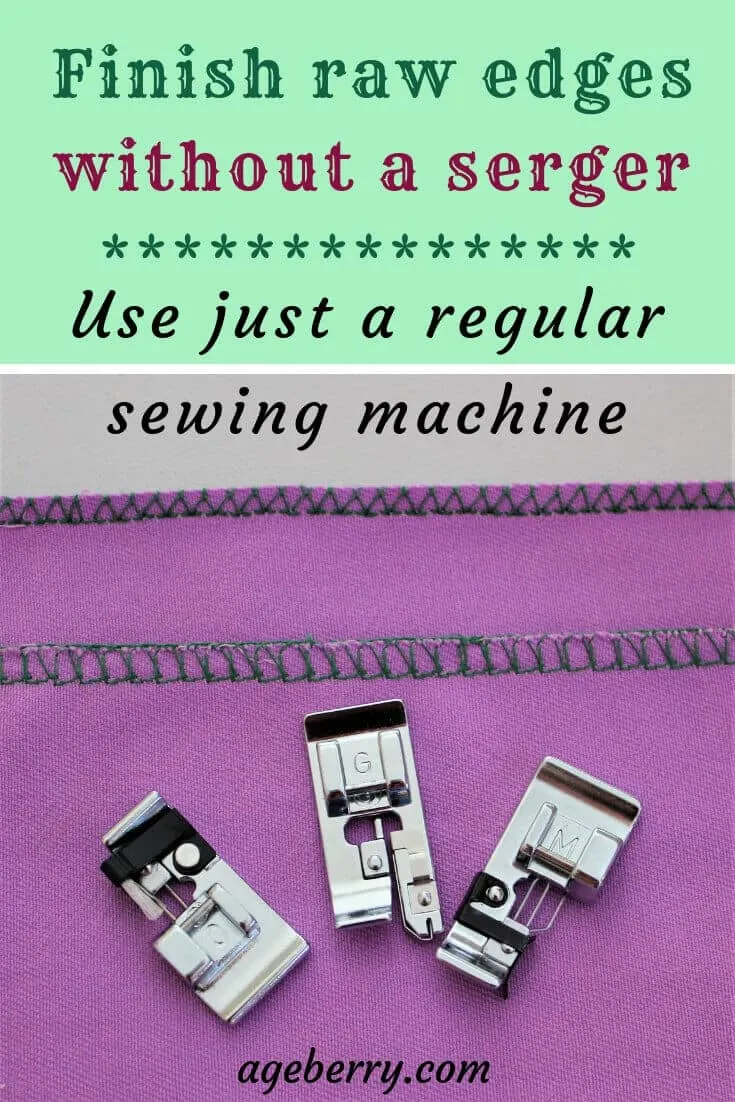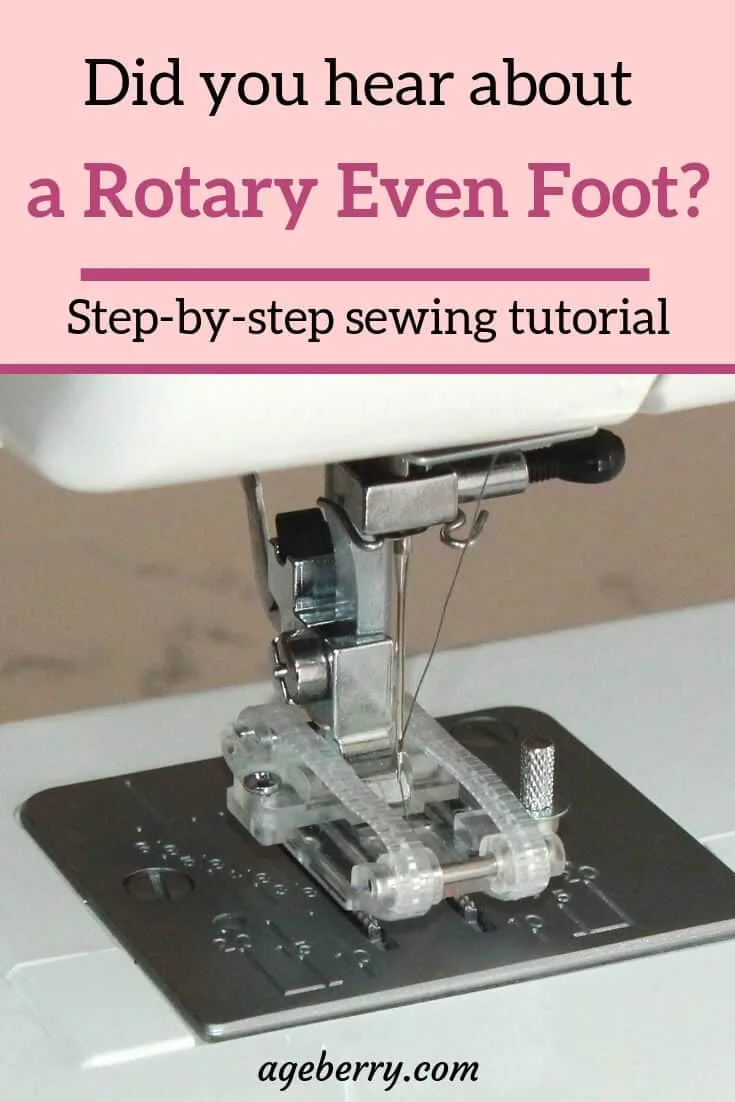Not long ago, nobody, yes, nobody was making face masks. Now everybody makes them! Therefore, I made my own, here are the designs:
I can’t prove scientifically that my DIY surgical masks work, but empirically, I am sure of it. I have used one of my masks when fertilizing my garden and it blocks completely the fertilizer mist, much better than a regular surgical mask you could buy in stores.
Of course N95 respirator is the best mask, if you can obtain one. But homemade face masks work too. Here is what CDC said about it: “A simple, locally made, washable mask may be a solution if commercial masks are not available.” The CDC talks about handmade cloth masks here.
My mask designs have been moderately successful, and I have many readers that made one or more. Here are some examples:
My mask designs have been moderately successful, and I have many readers that made one or more. Here are some examples:
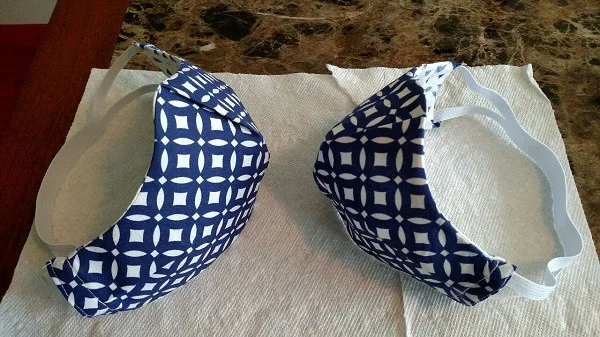
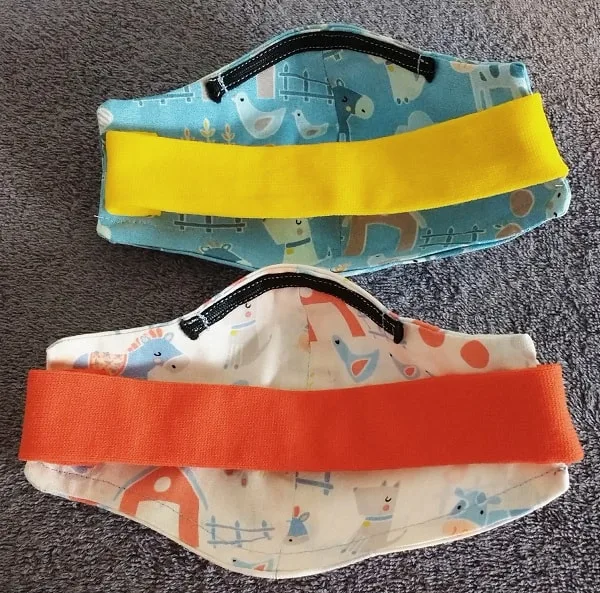
Note: Some of the links on this page are affiliate links. This means I will receive a commission if you order a product through one of my links. I only recommend products I believe in and use myself.
Many readers have praised these as DIY masks that look god while they actually work! There are many, many examples of simple masks that do not work very well, especially because they do not mold to the face contour.
However, a number of questions have been asked about the making of these masks and I will try to answer these here.
Yes, there are and the homemade face masks have been found to be effective in the absence of better alternatives. Their efficacy depends greatly on the materials used and how well the mask fits the subject’s face. Here are some examples:
Testing the Efficacy of Homemade Masks: Would They Protect in an Influenza Pandemic?
Yes, certainly. Some people have made a pocket where they put a disposable filter, for example, a piece of a vacuum cleaner bag cut to size. This filter is not washable (some are) so they might need to be taken out and disposed of before sanitizing the mask, then replaced with a new filter. Others have added an extra filtration layer, I used cotton batting, for example. Another improvement is using non-fusible interfacing instead of fusible, the glue in the fusible is an extra chemical which is probably not the best choice.
—
The embroidered masks are certainly nice, but I do not believe they are practicable because the holes in the material defy the purpose of the mask. And if the embroidery is very dense, it is stiff and probably difficult to breathe through. I believe it is more practical to attach embroidered pieces to the exterior of the mask in a limited fashion, but I chose instead to use a printed fabric for my mask.
—
In general, most resources indicate that 100% cotton is best.
In my opinion, organic fibers (cotton) are best. The mask will stay in direct contact with your face for extended periods of time, you have to make certain you are not allergic to the material. I have a number of articles about this: Organic Cotton Benefits and The Chemicals We Wear Everywhere.
—
It is difficult to assess if silk is or is not organic since, unlike cotton, there are no set standards yet. So even silk sold as “natural 100% silk” may or may not have been in contact with harmful chemicals. But, if available, natural silk would probably be a good choice too. Unfortunately, natural silk is not widely available for retail purchase.
—
I used two types of fabric, you can use them separately or together. I used interfacing (fusible or not) and also cotton batting. More about the interfacing later, but cotton batting is a dense material, nonwoven, used normally for quilts. It is quite inexpensive and pretty easy to come by especially that the amount needed for a mask is not large. You can buy cotton batting here:
Etsy
Amazon
—
Nonwoven non fusible interfacing is best. In my design I used at first fusible interfacing until someone pointed out to me – rightly – that the heat activated glue is an extra chemical that can easily be eliminated without penalty by using non-fusible interfacing. The thicker the interfacing, the more difficult it will be to breathe through it. I chose lightweight interfacing for my projects but I have heard from readers that they used also medium weight fabric too. It also depends on how thick/dense is the face of the mask and the lining.
—
Yes, it does. Interfacing is a non-woven material and because of this seems to be better at filtration. The thicker the interfacing layer, the more effective the filter. However, there must be a balance between the filter thickness and the ease of breathing.
—
The woven materials are the regular fabrics. They are made out of threads that are weaved together on a machine to form the fabric. Because it starts as threads, there is a space between them, comparable to the thread thickness – the thinner the thread, the denser can the material be, and the smaller the distances between threads. A very good explanation of “weaving” is here.
The nonwoven material is a recent development (see below the history of Pellon) and the manufacturing process does not involve weaving of threads and uses directly the much thinner fibers therefore resulting in a greater density than woven fabric for the same thickness. For a better description I recommend the following Wikipedia article: Non-woven fabric.
—
I did a little research and below are examples of links on Etsy; I chose only US or UK shops for local delivery, you don’t want to wait 2 months for delivery from China. Amazon is also a good choice. I prefer to buy from the local fabric stores, interfacing often goes on sale and I always stock up when that happens. Below are links for online sales:
US readers: http://tidd.ly/17af344a (fusible) http://tidd.ly/21e47c53 (non-fusible)
UK readers: http://tidd.ly/190cd606 (fusible) http://tidd.ly/e8d3b205 (non-fusible)
Amazon: https://amzn.to/2VwqixO
—
Yes, the right type is good. Pellon is a trademark and it originally described the procedure to make nonwoven materials (see www.pellonprojects.com/about/about-us/history/ ). The short answer is, any non-woven interfacing is good, and if it uses the registered trademark Pellon, then you may get the added security of a known US distributor (http://www.pellonprojects.com/about/pellon-brands/)
—
You can use straps that can be tied easily behind the head. Or you can use straps with only a small piece of elastic to connect them together, minimizing the amount of elastic needed. The straps can be easily made from a ribbon or a band of material, they may or may not have an inner core (like a string, for example). In a pinch, you may even use shoelaces, as some readers have found out. New shoelaces! I have also used a 1/8” (3mm) soft rope. Basically, any material that can be tied behind the head and sewn onto the mask is good.
—
If you have new elastic, then the answer is obvious. If you do not have new elastic, you can repurpose straps from old bras, stretchy material (some t-shirts are very stretchy), bathing suits, generally anything that has spandex in it.
—
I do not believe there is a standardization for the name “3D mask”. Here is my interpretation: a 3D mask is a mask that is not simply a flat sheet of fabric. A 3D mask is built as a 3D object and is designed to conform to your natural curves (protruding nose and cheekbones, hollow cheeks perhaps). A 3D mask will not stay flat on the table because it simply is not a flat object. My masks (links at the top of the article) are such 3D objects. An N95 respirator is also a 3D mask by design. Below is an image of a 3M N95 respirator.
A 3D mask is better because it allows less air to go around the mask. It is easier to seal to the face than a simple rectangular surgical mask; your face is not straight lines. The poor fit to the face of a simple flat sheet of material is exactly the reason why adding a filter to a surgical mask would not be highly effective. The air would simply go around the mask. While the filter would indeed filter whatever little goes through it, most of the contaminants would avoid the filter altogether. By allowing less air around the mask, the 3D mask is clearly more effective.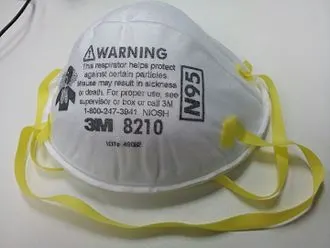
Surgical masks have a small piece of wire that can be bent for a better fit around the nose. Both my DIY masks have a casing made from a piece of ribbon where you can insert a piece of wire. You may use floral wire, wire ribbon or a pipe cleaner. The edges of the piece of wire should be turned in.
—
If you found my articles interesting, perhaps you will also like my articles about the various presser feet I use almost daily. Check them out below.
Did you find this article helpful? If so, save this pin (see below) on your sewing board so you can come to this tutorial later when you want to sew a face mask from fabric and follow me on Pinterest for more tips, tutorials, and inspiration!
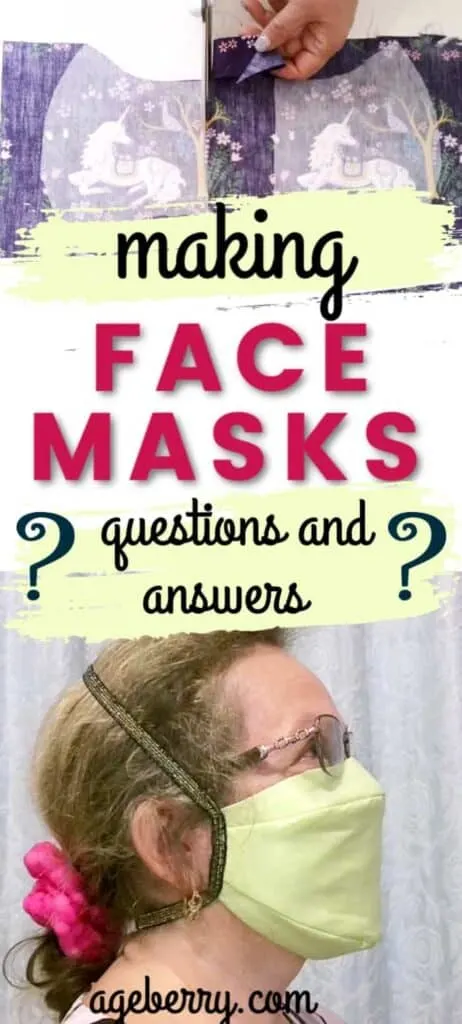
latest posts
- Ever Tried This on Your Serger? This Differential Feed Feature Will Amaze You
- Ditch My Sewing Machine? Not in This Lifetime!
- Adorable DIY Needle Book | Easy Tutorial for Beginners
- Master the Seam Ripper: Your Ultimate Guide to Precision Stitch Removal
- Think You Know Zippers? This Installation Guide Might Surprise You
- Why Does Your Seam Ripper Have a Red Ball? Discover Its Purpose!
- Topstitching Troubles? This Simple Trick Will Turn It Around Instantly!
- How to Sew Shirring: A Step-by-Step Guide to Elastic Thread Gathering
- Are Self-Threading Needles Really Useful?

